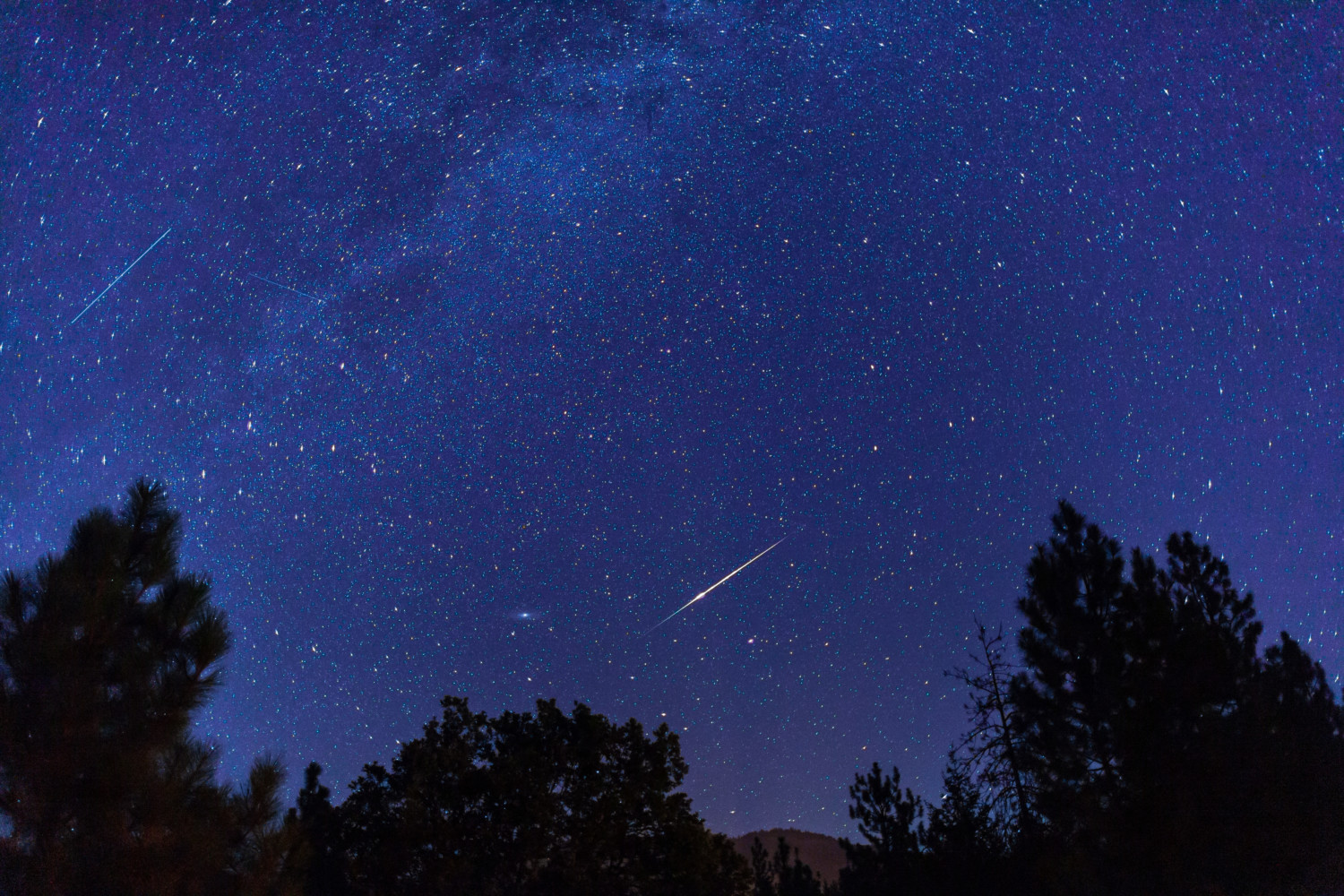October’s full moon, also known as the Hunter’s Moon, will appear the weekend before Halloween on Saturday, October 28.
Peak illumination is set to occur at 4:24 p.m. EDT when the moon is still below the horizon.
Wait a couple hours until moonrise at 6:36 p.m. EDT, which is just minutes before sunset, and patient watchers may get to see a moon with a temporary orange hue.
This typically happens when sunset and moonrise are close together and the orange coloration is timed perfectly with many of the leaves reaching their peak fall colors.
Plus, the moon will appear slightly larger, but not because it’s a supermoon. Our final supermoon this year occurred last month.
The moon appears larger because celestial objects look bigger when they’re closer to the horizon.
Why is it called the Hunter’s Moon?
October’s full moon is typically called the Hunter’s Moon, and it follows the Harvest Moon, which is the full moon closest to the autumnal equinox.
The full moon names we use today originate from Native American and Colonial American cultures and traditions, according to the Farmers’ Almanac.
The Hunter’s Moon earned its name because it marks the beginning of the fall hunting season and a good time to store up meat for the long winter ahead.
MORE: Video shows NASA spacecraft flying through massive solar explosion
The October full moon has gone by other names like Falling Leaves Moon and Migrating Moon. These names refer to when the leaves begin to fall from the trees and birds begin to fly south for the winter.
The October full moon precedes November’s meteor showers
The peak of October’s Orionid meteor shower is behind us, but the fall season still holds some promising chances to spot a few more meteors streaking across the sky.

The first meteor shower to peak in November will be the Northern Taurids.
The peak occurs on the night of November 11-12, and the moon will only be 2% illuminated, making viewing conditions ideal.
The Northern Taurids are best known for producing infrequent, slow and long-lasting meteors, according to Space.com, and patient watchers may get to see up to five meteors per hour.
The Leonid meteor shower peaks about a week later on the night of November 17-18, and it typically produces up to 15 meteors per hour.
NASA says Leonid meteor showers typically move faster through the sky, so watchers need to be vigilant to see them.
As we move further into fall and closer to winter, the nights continue to get longer, which gives everyone more time to view the wonders of the night sky.
MORE: Scientists discover star-eating black holes spit them back out years later
Any products or services mentioned above were selected independent of sales and advertising. However, Simplemost may receive a small commission from the purchase of any products or services through an affiliate link to the retailer's website.
This story originally appeared on Simplemost. Check out Simplemost for additional stories.


